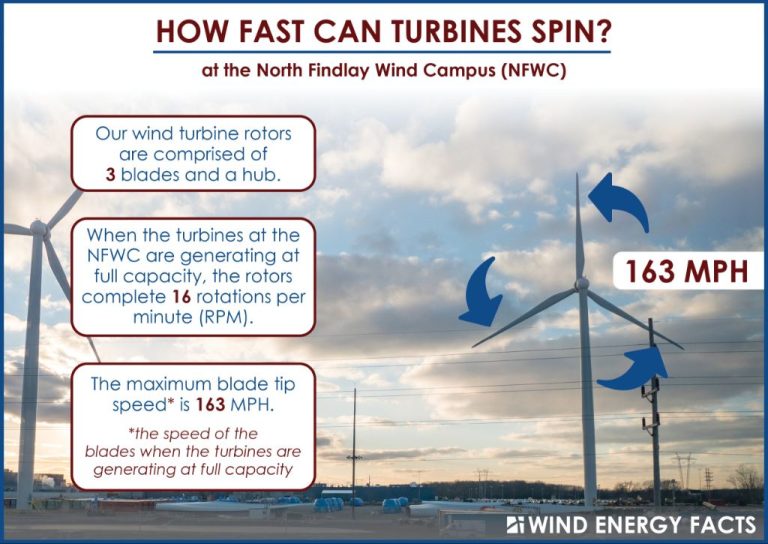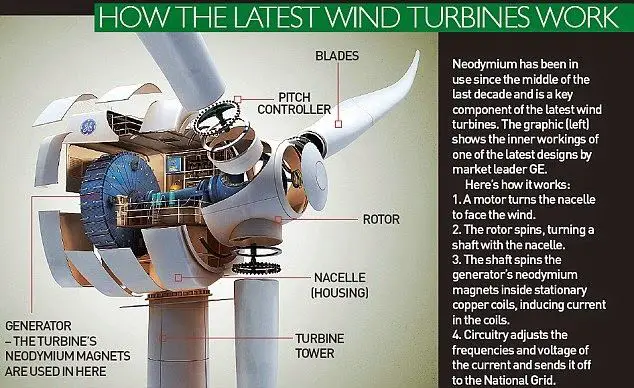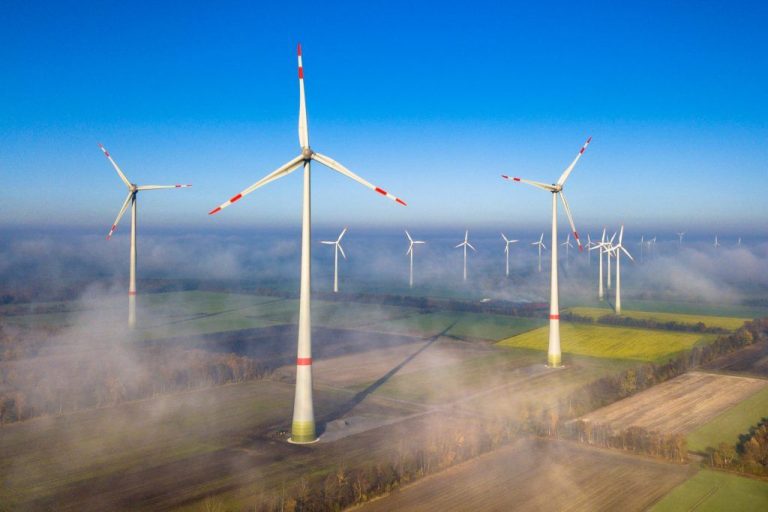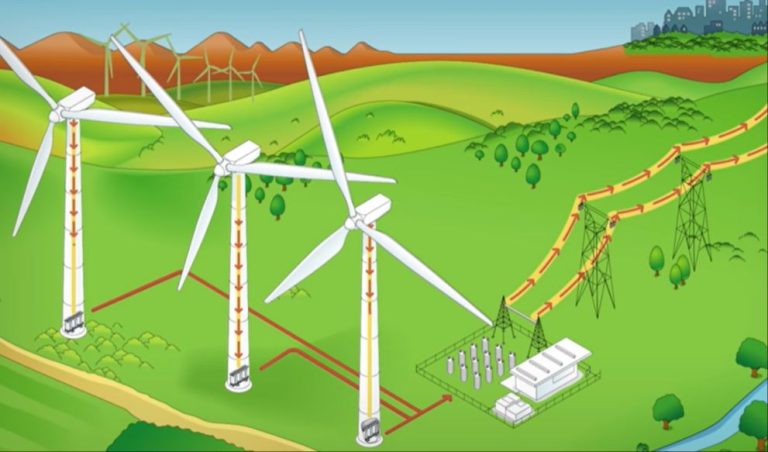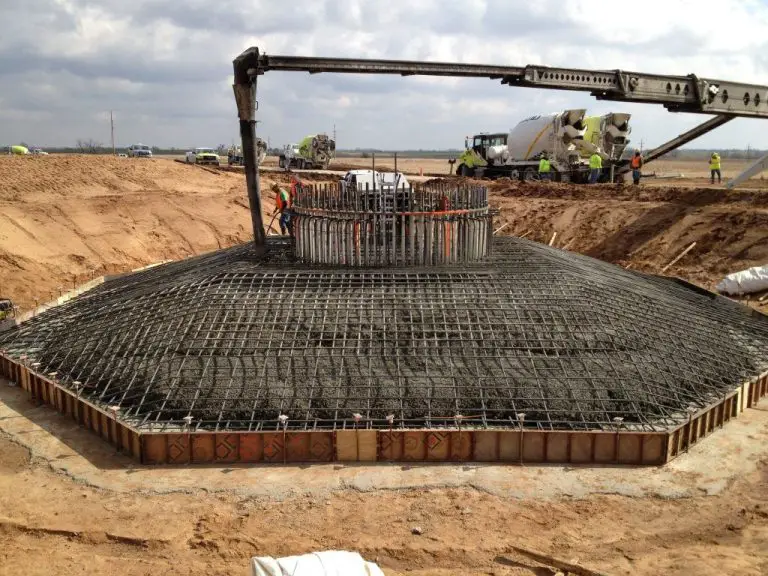How Would You Describe The Power Of Wind?
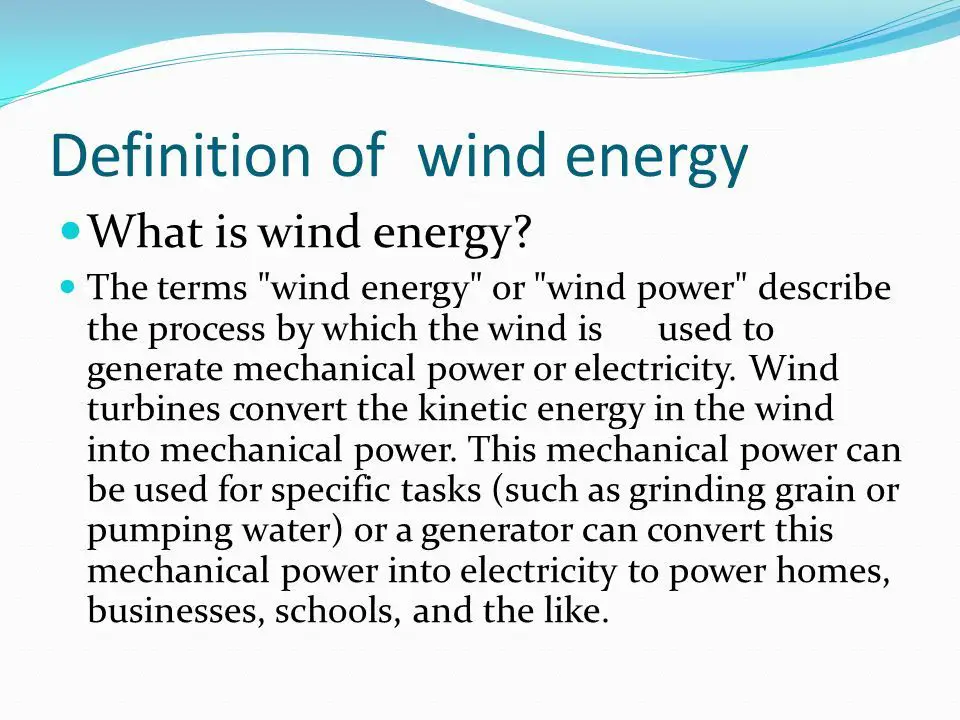
Wind energy refers to the process of harnessing the natural power of wind to generate mechanical power or electricity. Wind power is a renewable energy source that relies on the wind blowing across the earth’s surface. When wind passes over the blades of a turbine, the kinetic energy generates lift and causes the blades to turn. The rotational motion spins a shaft connected to a generator to produce electricity (WindExchange).
Wind power is considered a green energy source because it does not generate any toxic byproducts. The wind occurs naturally and is replenished, so wind power is considered a renewable resource. Wind turbines convert the kinetic energy of wind into mechanical power to drive electric generators and produce clean electricity. Wind power is used in both onshore and offshore applications to provide electricity around the world.
Some key facts about wind power:
– Renewable and sustainable energy source
– Converts wind kinetic energy into electricity
– Produced by wind turbines and wind farms
– Zero emissions and carbon footprint
– Growing source of power globally
– Cost-competitive with fossil fuels
Wind Energy Basics
Wind energy is captured through the use of wind turbines, which convert kinetic energy from the wind into mechanical power. This mechanical power can then be used to generate electricity. Wind power originates from air currents caused by the heating and cooling of the atmosphere. As hot air rises, cooler air rushes in to fill the void, creating winds.
Wind turbines capture this kinetic energy via their rotor blades, which are designed similarly to airplane wings. As wind passes over the blades, the aerodynamic shape causes lift and rotation. The rotor is connected to a drive shaft that turns when the blades spin. This drive shaft is connected to a generator to produce electricity. The amount of power generated depends on the turbine’s size and the wind’s speed.
According to the U.S. Department of Energy, today’s utility-scale wind turbines can produce enough electricity to power hundreds of homes. Wind power is an abundant, renewable, and clean energy source that will play a major role in the world’s transition to sustainable energy.
Sources:
https://www.energy.gov/eere/wind/how-do-wind-turbines-work
https://www.nationalgrid.com/stories/energy-explained/how-does-wind-turbine-work
Global Wind Energy Production
Wind energy capacity has grown substantially worldwide over the past decade. According to the Global Wind Energy Council, global installed wind power capacity reached 743 GW by the end of 2019, a nearly 10-fold increase from 74 GW in 2005. The amount of electricity generated from wind has also grown rapidly, reaching over 1,500 terawatt-hours (TWh) in 2019, up from 124 TWh in 2005.
Several factors have driven the growth in wind power capacity and generation. Improvements in wind turbine technology have made wind power more efficient and cost-competitive. Government policies like renewable energy targets, financial incentives, and public investment have also played a major role. The Paris Climate Agreement has put additional focus on renewable energy to reduce greenhouse gas emissions. Wind power growth is projected to continue as more countries seek to add renewable energy and phase out conventional power plants.
Top Wind Energy Countries
As of 2021, the top 5 countries for installed wind power capacity are:
- China – 341 GW (Wind power by country)
- United States – 134 GW
- Germany – 61 GW
- India – 40 GW
- Spain – 28 GW
China leads the world by a significant margin with over double the installed capacity of wind power versus the United States in second place. China has invested heavily in wind power over the last decade and accounted for over 50% of new installations in 2020 (Countries That Produce the Most Wind Energy). The top 5 countries make up approximately 70% of global installed wind capacity.
Other major markets for wind power include Brazil, France, the UK, Canada, Sweden and Italy which all have over 10 GW of installed capacity. Europe leads the way in offshore wind power with the UK, Germany, Denmark and other North Sea countries making major investments in offshore wind farms.
Wind Turbine Technology
Wind turbines have evolved considerably over the years to become more efficient and cost-effective. According to the U.S. Department of Energy, windmills with woven-reed blades were used in Persia and the Middle East as early as 200 BC for grinding grain (Source). The first known wind turbine used for electricity production was built in 1888 by Charles Brush in the United States. It had a rotor diameter of 17 meters and was mounted on an 18 meter tower (Source).
Modern wind turbines emerged in the 1970s as a result of the oil crisis and a growing environmental movement. Early designs were small by today’s standards, with rotor diameters of around 15 meters and power ratings of 20-30 kilowatts. By the 1990s, turbine size began to increase dramatically with the development of newer technologies and materials. The average rotor diameter in the 1990s was around 40 meters. Today, many utility-scale wind turbines have rotor diameters exceeding 120 meters and generate over 2 megawatts of power.
Larger rotor diameters and turbine sizes have enabled wind power to become more cost competitive with fossil fuels. Modern wind turbines can convert over 40% of the wind’s kinetic energy into electricity, compared to around 10-30% for early 1980s-era designs (Source). More powerful turbines with higher hub heights are able to capture stronger and more consistent winds, greatly increasing the potential energy output.
Offshore Wind Farms
Offshore wind farms utilize the immense potential of offshore wind energy by harnessing the powerful winds over oceans and large bodies of water. According to the U.S. Department of Energy, offshore wind resources are abundant, stronger, and blow more consistently than land-based wind (https://www.energy.gov/eere/wind/articles/top-10-things-you-didnt-know-about-offshore-wind-energy). The technical potential for offshore wind in the United States is estimated to be over 2,000 gigawatts, which is nearly double the nation’s current electricity use.
Some of the largest offshore wind farms globally include Hornsea One in the UK North Sea (1.2 gigawatts), Greater Changhua 1 & 2a off the coast of Taiwan (0.9 gigawatts), and East Anglia One in the UK North Sea (0.7 gigawatts) (https://en.wikipedia.org/wiki/Offshore_wind_power). Major offshore wind projects are currently underway in the U.S., including Vineyard Wind off Massachusetts and South Fork Wind Farm off Long Island, NY. According to the Department of Energy, the U.S. is projected to have over 22 gigawatts of offshore wind capacity by 2030, enough to power over 7 million homes.
Compared to land-based wind, offshore wind projects benefit from stronger and more consistent winds, allowing modern turbines to generate more electricity. But building offshore also poses unique challenges and costs related to siting, installation, transmission infrastructure, and weather resilience. Overall, offshore wind represents a major renewable energy resource to help nations decarbonize their electricity systems.
Wind Power Costs
The cost of wind power has declined substantially over the past decade. According to the U.S. Department of Energy, the average installed cost of wind projects in 2021 was around $1,500 per kilowatt (kW), down from around $2,400/kW in 2010. Wind turbine prices themselves averaged between $800-950 per kW in 2021.
For a typical 2-3 megawatt wind turbine, upfront costs range from $2-4 million. Ongoing operation and maintenance costs are relatively low, at around $50 per kW per year.
The levelized cost of energy (LCOE) for wind has also declined substantially, down about 40% over the last decade for utility-scale projects. According to Lazard, the 2020 unsubsidized LCOE for wind ranged from $26-54 per megawatt-hour.
Wind Power Benefits
Wind energy offers several key benefits that make it an attractive renewable energy source. First and foremost, wind power is a clean, renewable, and sustainable energy source (https://www.energy.gov/eere/wind/advantages-and-challenges-wind-energy). Unlike fossil fuels, wind energy does not emit greenhouse gases or other air pollutants. Generating electricity from wind does not produce carbon dioxide, sulfur dioxide, nitrogen oxides, mercury, or other emissions responsible for acid rain, smog, respiratory illnesses, and climate change. Wind turbines operate emission-free, which helps protect public health.
Wind power is also considered an indigenous resource in most countries. Wind energy can be harnessed locally in many regions around the world without needing to import fuels. Developing local wind resources strengthens energy security and reduces dependence on imported fuels prone to price volatility. With abundant wind resources, countries can rely more on their own natural resources for energy rather than importing fossil fuels. In this way, wind power diversifies the energy supply mix and acts as a hedge against fossil fuel shortages or price hikes (https://www.enelgreenpower.com/learning-hub/renewable-energies/wind-energy/advantages-wind-energy).
Wind Power Challenges
While wind energy offers many benefits, it also comes with some challenges that need to be addressed. One of the main challenges is intermittency – wind speeds fluctuate naturally and are not consistent. This can make wind power unreliable at times. When the wind is not blowing, no electricity is generated. Methods to address intermittency include improving wind forecasts, using energy storage, and having backup power sources available (Energy.gov, 2022).
Another challenge is the potential impact on wildlife. Wind turbines can negatively affect birds and bats that collide with the rotating blades. Proper siting of wind farms and turbine design is important to reduce wildlife impacts. Operating turbines only at certain wind speeds or times of day when animals are less active can also help (Constellation, 2022). More research is still needed on how to minimize the effects of wind turbines on wildlife populations.
Future of Wind Power
The future of wind power looks very promising, with projections for significant growth in wind energy production globally. According to the Wind Vision report by the U.S. Department of Energy, wind power could supply up to 35% of U.S. electricity by 2050, up from just under 7% in 2019 (Wind Vision).
Several technology improvements are expected to drive growth in wind power. Larger wind turbines with taller towers and longer blades will enable wind farms to generate more electricity. Advanced turbine designs will allow turbines to operate more efficiently at lower wind speeds. Emerging offshore wind technologies like floating turbines will allow wind farms to be built further offshore where winds are stronger.
Wind turbine costs have fallen dramatically over the last decade, making wind energy more economically competitive with fossil fuels. With further technological advancements and economies of scale, costs are projected to fall even further, expanding the viability of wind power.

